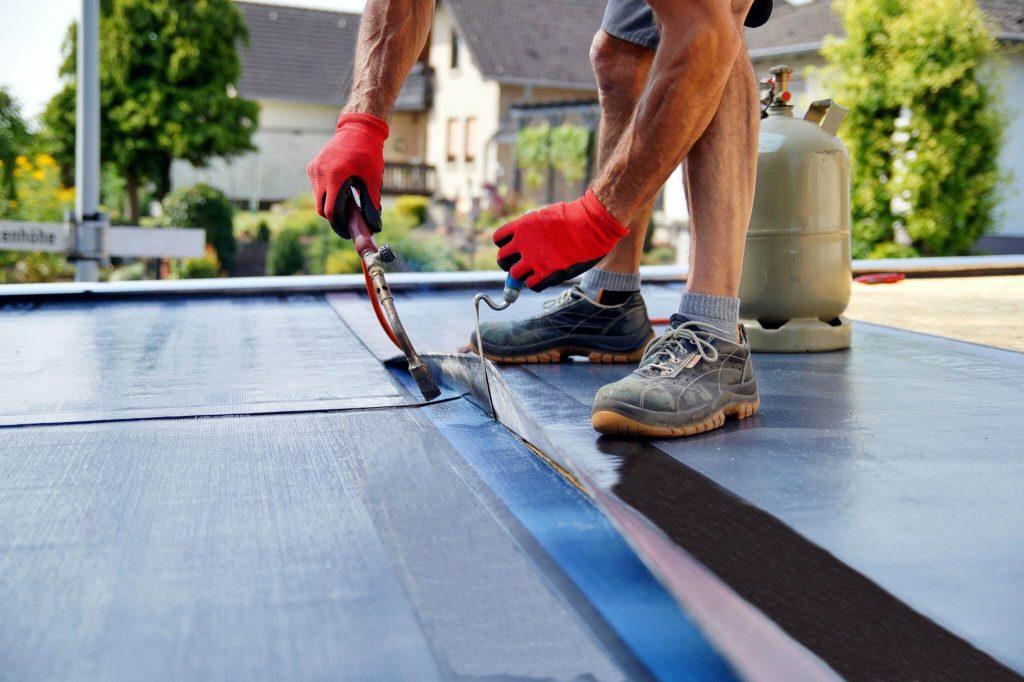Can a rubber roof be installed in cold weather? Installing a rubber roof is a significant investment for any homeowner or business owner. However, one common concern is whether it can be installed during the cold winter months. In this article, we will explore the feasibility of installing a rubber roof in cold weather conditions. We will discuss the challenges, considerations, and possible solutions to ensure a successful installation. So, if you are contemplating a rubber roof installation in chilly temperatures, keep reading to gain valuable insights.

Understanding the Challenges of Installing a Rubber Roof in Cold Weather
Installing a rubber roof in cold weather poses specific challenges due to the nature of the material and the adverse conditions. The cold temperature can affect the flexibility and adhesive properties of the rubber membrane, making it difficult to work with. It is crucial to understand these challenges before proceeding with the installation.
The Impact of Cold Weather on Rubber Roofing Materials
Rubber roofing materials are typically designed to be installed in moderate to warm temperatures. Cold weather can cause the rubber membrane to become stiff and less pliable, making it challenging to manipulate and lay down properly. The adhesive used to secure the membrane may also not bond effectively in low temperatures, compromising the integrity of the roof.
Considerations for Cold Weather Rubber Roof Installation
Despite the challenges, it is possible to install a rubber roof in cold weather conditions with proper planning and precautions. Here are some key considerations to ensure a successful installation:
- Temperature: It is essential to choose a day with the mildest temperature possible. Aim for a day when the temperature is above freezing and is expected to rise throughout the day. The rubber membrane will be more flexible and easier to handle in slightly warmer conditions.
- Adhesive: Select a high-quality adhesive specifically designed for cold-weather installations. These adhesives are formulated to maintain their bonding properties even in low temperatures, ensuring a secure and durable roof.
- Surface Preparation: Properly prepare the roof surface before installation. Ensure it is clean, dry, and free from any debris or ice. Use a broom or blower to remove loose snow or ice and a roofing cleaner to eliminate any dirt or contaminants.
Solutions for Cold Weather Rubber Roof Installation
To mitigate the challenges associated with installing a rubber roof in cold weather, several solutions can be employed:
- Pre-warming: Use a heat gun or hot air blower to warm up the rubber membrane before installation. This process will increase its flexibility and make it easier to handle and position.
- Heater or Heat Tents: If the temperature is extremely cold, consider using heaters or heat tents to warm the work area. This will help maintain the required temperature for the adhesive to bond effectively and ensure a successful installation.
- Professional Installation: In cold weather conditions, it is highly recommended to hire professional roofing contractors experienced in cold weather installations. They have the expertise, equipment, and knowledge to navigate the challenges and ensure a high-quality rubber roof installation.
Conclusion:
Installing a rubber roof in cold weather requires careful planning, consideration, and the right techniques. While it presents challenges, with proper precautions and solutions, a successful installation can be achieved. By choosing the right materials, preparing the surface adequately, and utilizing techniques like pre-warming and heat tents, you can have a durable and long-lasting rubber roof, even in cold weather conditions.
Remember, consulting with professional roofing contractors is essential to ensure the best results and to minimize the risk of any issues arising from cold weather installations. So, if you are considering installing a rubber roof during the colder months, follow these guidelines to have a successful and efficient installation process.



Leave a Reply